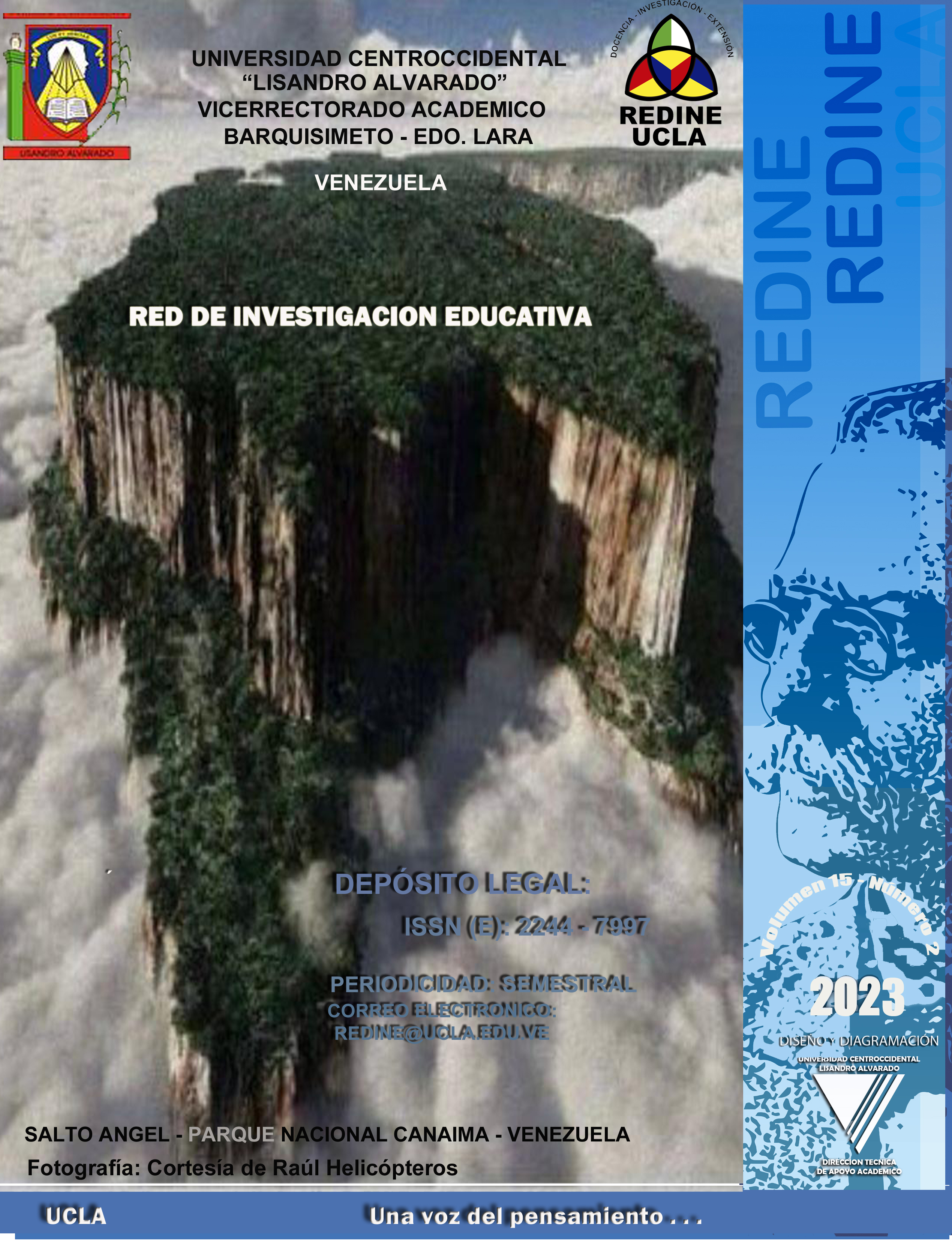psychomotricity in children of the levelof initial of Swimming “educational cosmovisionsof the teachers”
DOI:
https://doi.org/10.5281/zenodo.8092206Keywords:
Psychomotor elements, initial swimming, teachers' visionsAbstract
The purpose of this study is to investigate the training strategies applied by swimming teachers during the teaching-learning process, to develop the elements of psychomotricity in children at the initial level inside and outside the aquatic environment in initiation schools from the Bolivarian Swimming Pool Complex, Barquisimeto-Lara. It was framed in the qualitative approach under the interpretive paradigm with the praxis of the phenomenological method. We worked with five teachers responsible for imparting the initiation in swimming and the various participants who attend the class of this specific discipline. The collection of information was carried out through participant observation techniques and in-depth interviews. An analysis, interpretation and systematization of the contents were carried out, with the application of the triangulation technique to be able to contrast and categorize the testimonies of the social actors. The final considerations of the study made it possible to show that the social actors present some drawbacks with the development of the elements of psychomotricity. In addition, they use a traditional and linear teaching method. However, they tend to familiarize children with adaptive games, activities, and exercises in the aquatic environment.
Downloads
References
Bolaños (2011). Plan de actividades físicas para promover las habilidades motrices básicas para optimizar la enseñanza metodológica del balón mano en el Estado Yaracuy. UNEY
Comellas, M.; Perpinya, A. (1984). La psicomotricidad en preescolar. Barcelona, Cea.
Constitución Nacional de la República Bolivariana de Venezuela (1998).
Da Fonseca, V. (1998). Manual de observación psicomotriz. Barcelona. España: INDE publicaciones.
De Souza Minayo, M. (2009). La Artesanía de la Investigación Cualitativa. Buenos Aires: Lugar Editorial, 2009. 336 P.
Díaz L. (1999). La Enseñanza y el Aprendizaje de las habilidades y destrezas motrices básicas. Barcelona. INDE
Galera A. (2013). Conductas y capacidades: Elementos estructurales de la motricidad humana. Parte I. EF
deportes.com, revista digital. Buenos Aires,
año 18, número 179, abril 2013
Hernández A. (s/f). Los estilos de natación.
http://www.i-natacion.com/modalidades/natacion1/
Lecoyer R. (1991). La psicomotricidad en Educación Infantil. Escuela Internacional de psicomotricidad Madrid. https://www.google.com/url?sa=t&source=web&rct=j&url=
OyYp5jqAhUkzIUKHXQOBsYQF
jAAegQIARAB&usg=AOvVaw1Wtih
MmUSjdFHNgd4Xi1zN
Martínez, M. (2006). Ciencia y arte en la metodología cualitativa. México: Trillas.
Moreno J. A. y Marín L. (2008). Nuevas aportaciones a las actividades acuáticas. Murcia: UNIVEFD.
Muñoz (2011). Planifica tus actividades acuáticas en el modelo narrativo lúdico. Programación y propuesta metodológica para la natación infantil basada en cuentos motores acuáticos. Libro. http://www.libreriadeportiva.com/
libro/planifica-tus-actividades-acuaticas
-con-el-modelo-narrativo-ludico_55330 [Fecha: 15 Marzo 2019]
Muñoz y Molero (2013). El cuerpo, la expresión y el medio acuático. Una experiencia integradora; revista Retos. Nuevas tendencias en educación física, deporte y recreación. https://dialnet.unirioja.es/servlet/
articulo?codigo=4482769 [Fecha: 15 Marzo 2019]
Landete G. (1976). Enseñanza de la natación a través de una educación física de ... docplayer.es › 24985287
-Ensenanza-de-la-natacion-a-t...
Real Academia Española (s/f), diccionario
Sandín, E. (2003). Investigación Cualitativa en Educación.España: McGraw-Hill.
Published
How to Cite
Issue
Section

This work is licensed under a Creative Commons Attribution-NonCommercial-ShareAlike 4.0 International License.
Derechos del/de autor/es a partir del año de publicación
Esta obra está bajo la licencia:
Creative Commons Reconocimiento-NoComercial-CompartirIgual 4.0 Internacional (CC BY-NC-SA 4.0)
Las opiniones expresadas por los autores no necesariamente reflejan la postura del editor de la publicación ni de la UCLA. Se autoriza la reproducción total o parcial de los textos aquí publicados, siempre y cuando se cite la fuente completa y la dirección electrónica de esta revista. Los autores(as) tienen el derecho de utilizar sus artículos para cualquier propósito siempre y cuando se realice sin fines de lucro. Los autores(as) pueden publicar en internet o cualquier otro medio la versión final aprobada de su trabajo, luego que esta ha sido publicada en esta revista.




